Tech
Interesting Facts About Google
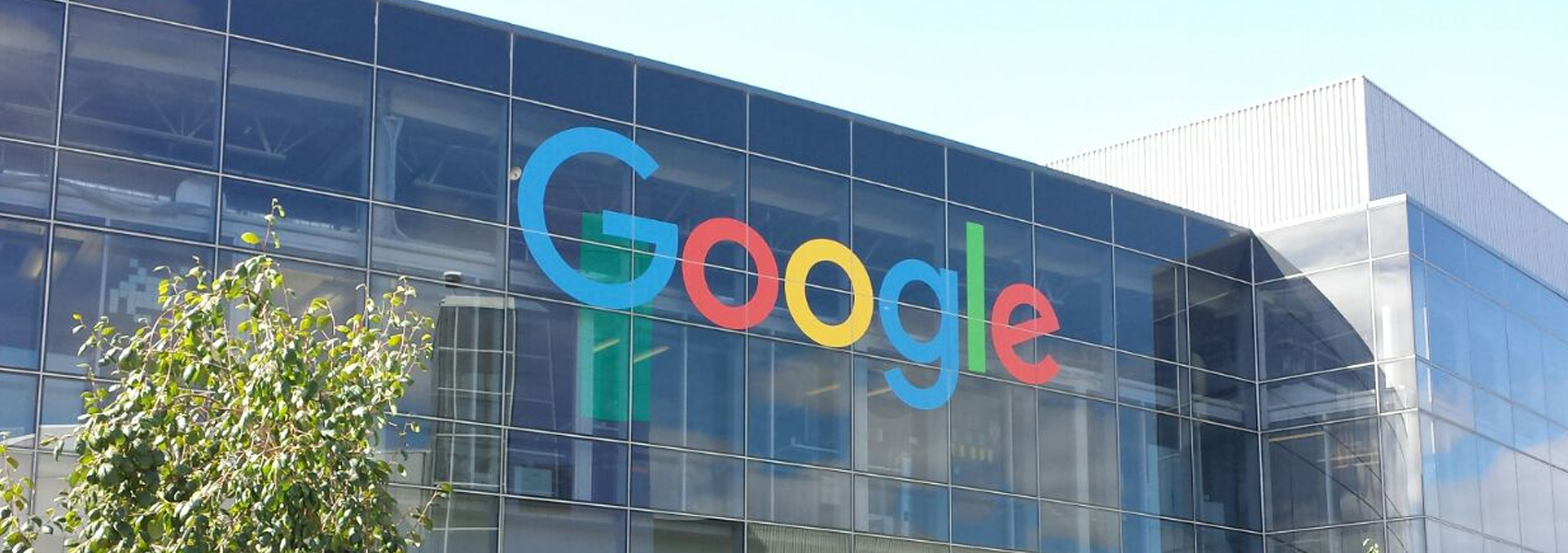
Google, as we all know, is the world’s most popular search engine. Whether we need a solution to a problem, find the lyrics of a favourite song, or get a quick update about the weather, Google is the one stop solution for everything. Founded by Larry Page and Sergey Brin in 1995, Google, worth $ 748 billion in the market, is the third most valuable company in the world, after Microsoft and Apple. Here is a list of some lesser known and interesting facts about Google.
Interesting facts about Google
1) The founders of Google originally named the search engine ‘BackRub.’ It was then changed to Google in the year 1997.
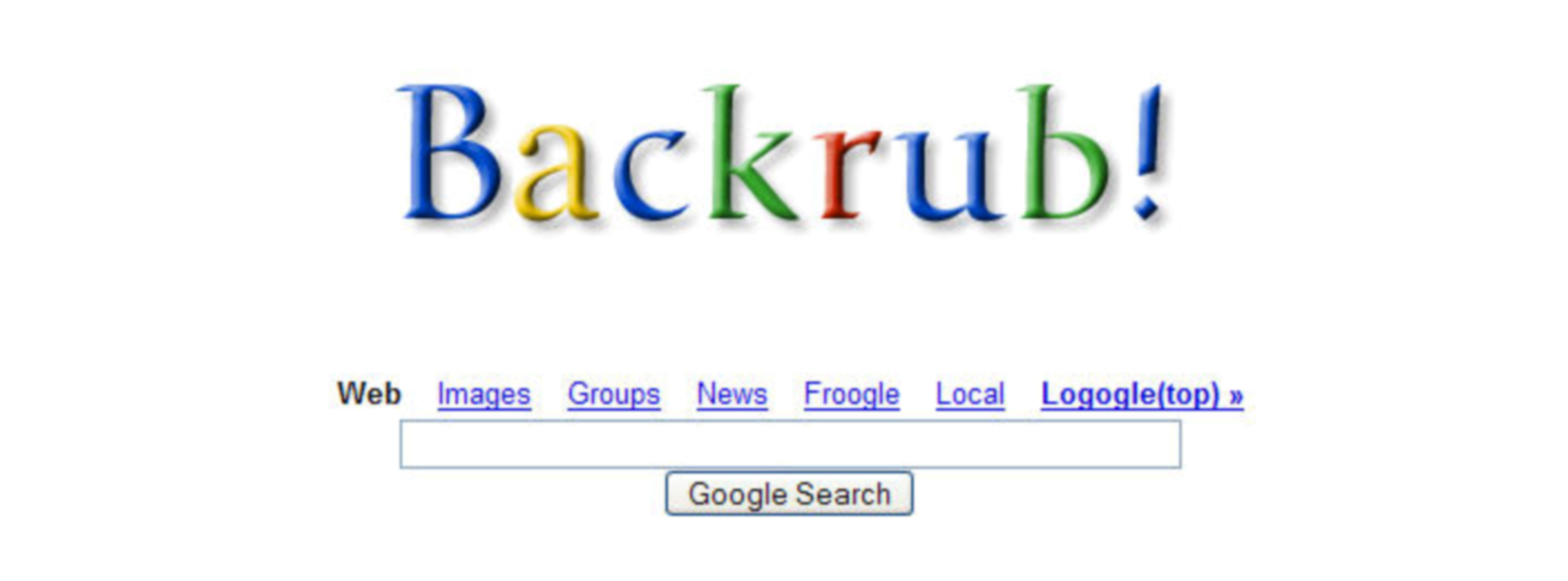
2) The name Google originated by misspelling the mathematical word ‘googol,’ which is basically a 1 followed by 100 zeroes.
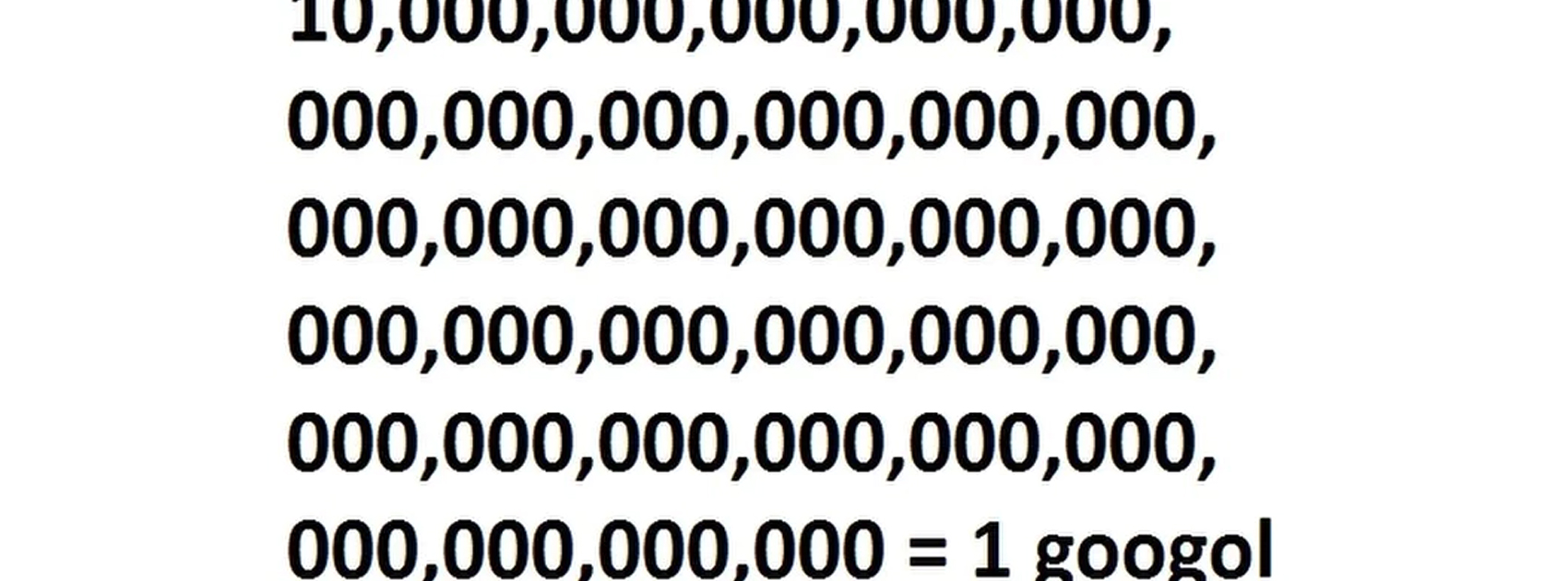
3) Larry and Sergey’s visit to the Burning Man Festival in Nevada resulted in the first ever Google Doodle on August 30th 1998. The doodle was a burning man stick figure and was added to the homepage to let people know they were out of office.

4) According to Alexa, Google is the internet’s most searched website. Well, this is not a shocker.
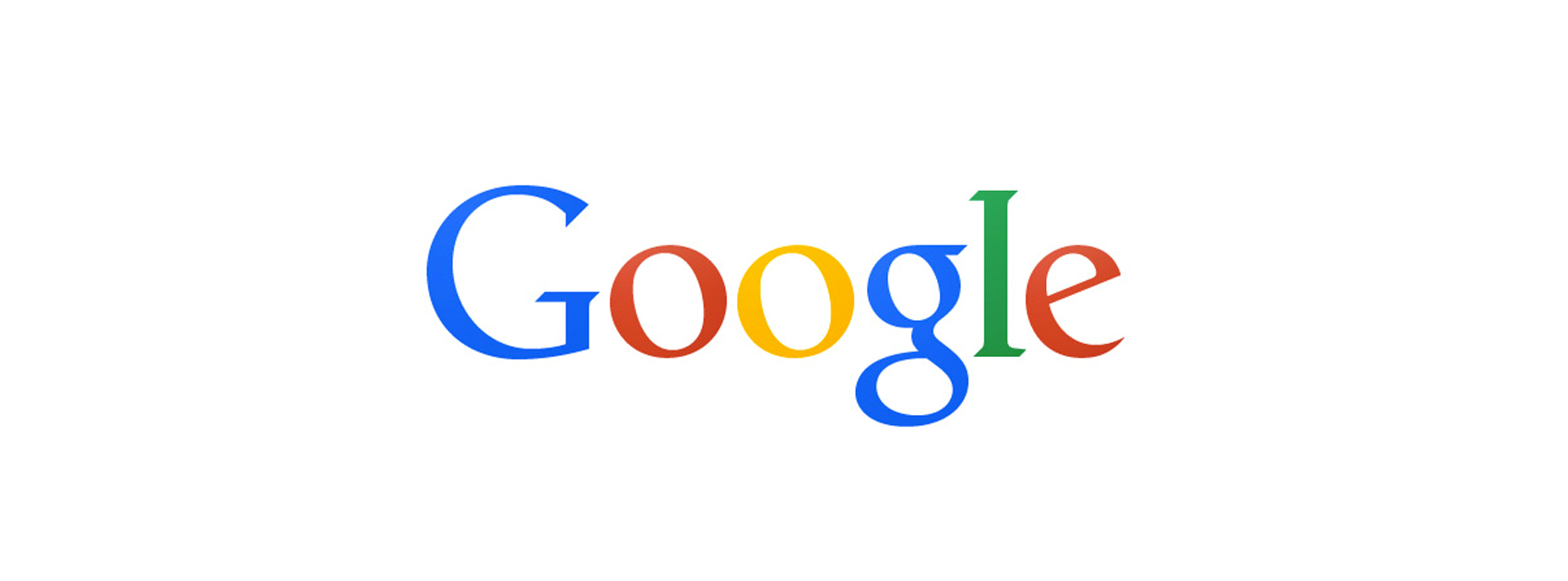
5) Google has a rotated version of itself called the Google Mirror. This version shows everything in a mirrored fashion. Have you ever tried this? If not, you can try it here https://elgoog.im/search/?q=hi.
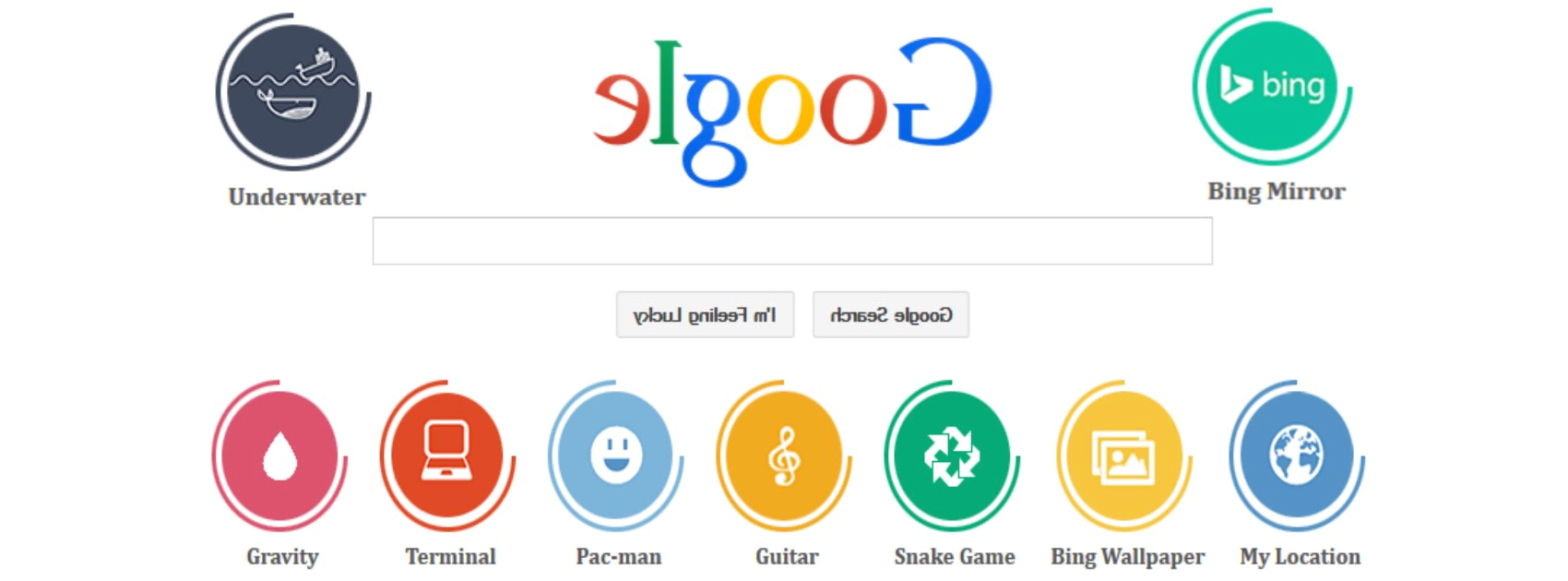
6) Google handles over 1 billion search requests per day, using over 1 million systems. Apart from this, Google’s algorithm can analyze millions of pages in a second. This was just 30-40 pages in the initial years of its inception.
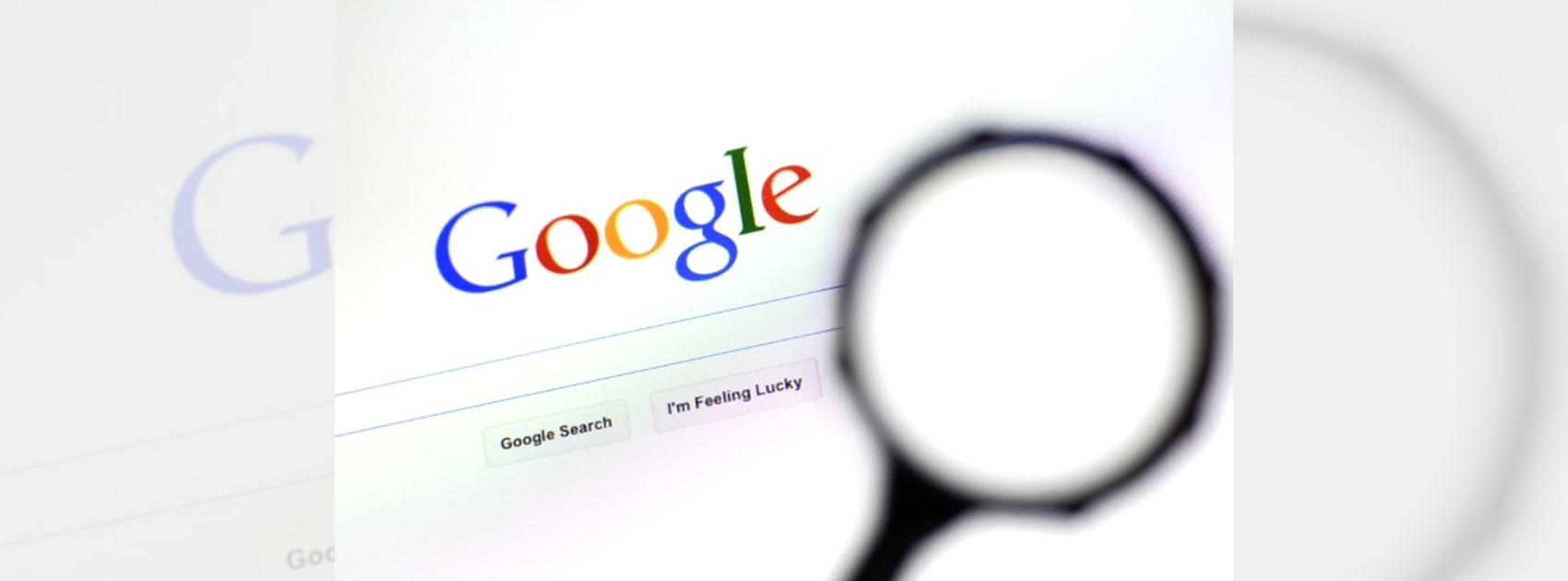
7) In 1999, Google founders wanted to sell Google to Excite for $ 1 million. Excite did not accept Google’s offer back then. Quite a regret!
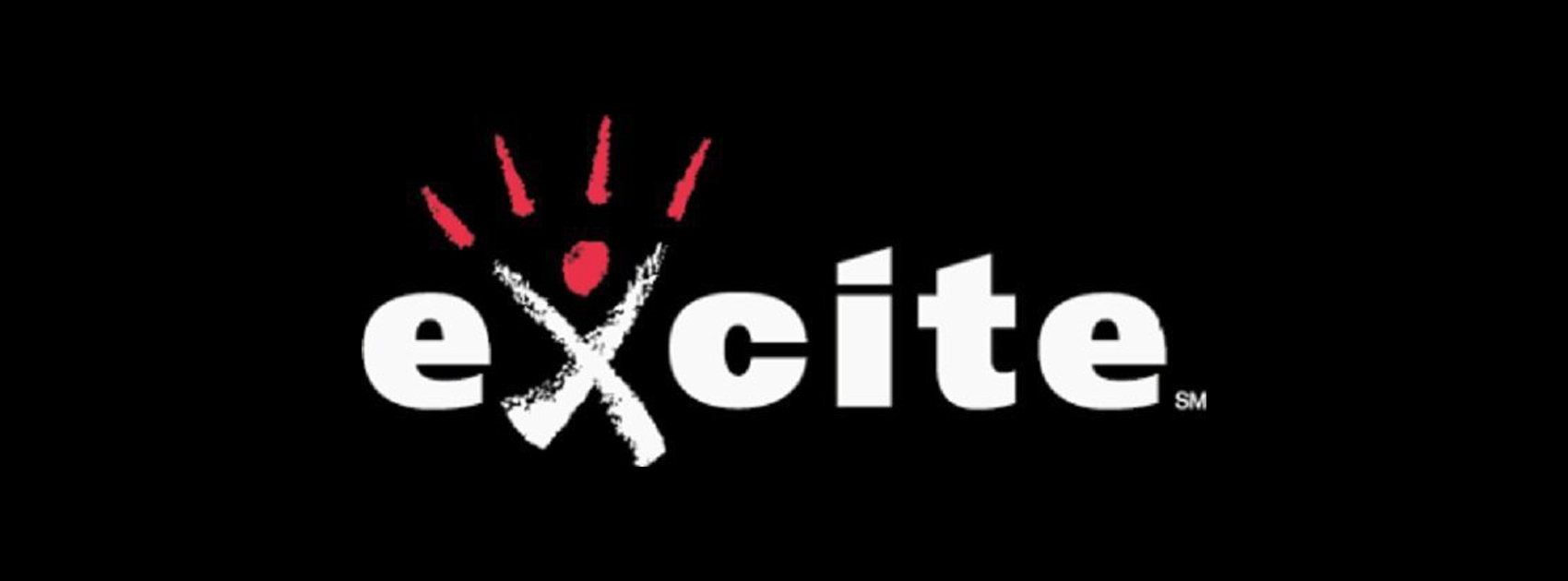
8) Larry Page and Sergey Brin have their own runways at NASA’s Moffett Field airport. No other plane is allowed to land on their runways.

9) Google owns the rights to common mispronunciations of its name like Gogle, Gooogle, Googlr, etc.

10) Google employs the largest network of translators in the world and can translate more than 80 languages. Apart from this, Google earns 99% of its profits through advertising.
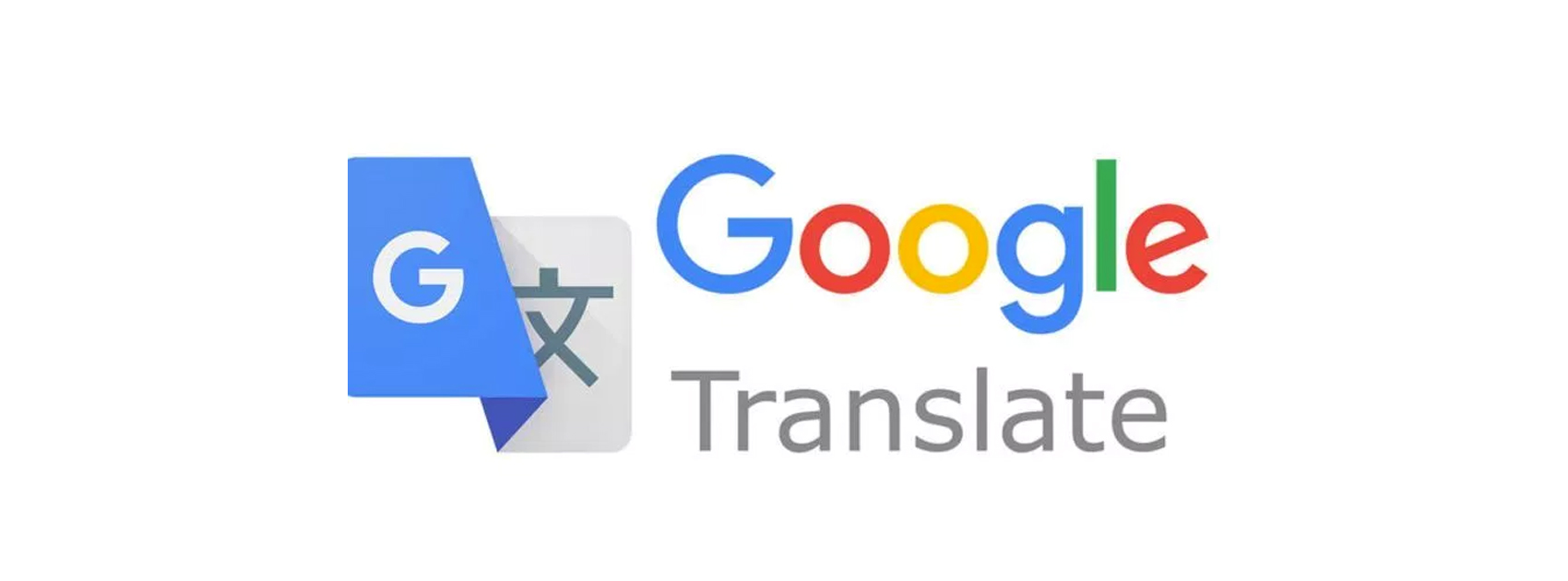
In 2000, Google became the world’s most popular search engine and ever since, it has adopted a unique style of doing things to keep things fresh and progressive.
Did we miss out on any other interesting fact about Google? Comment below and let us know.
Latest News
Apple’s iOS 18.7 vs iOS 26: Which Update Should You Choose for Your iPhone in 2025?
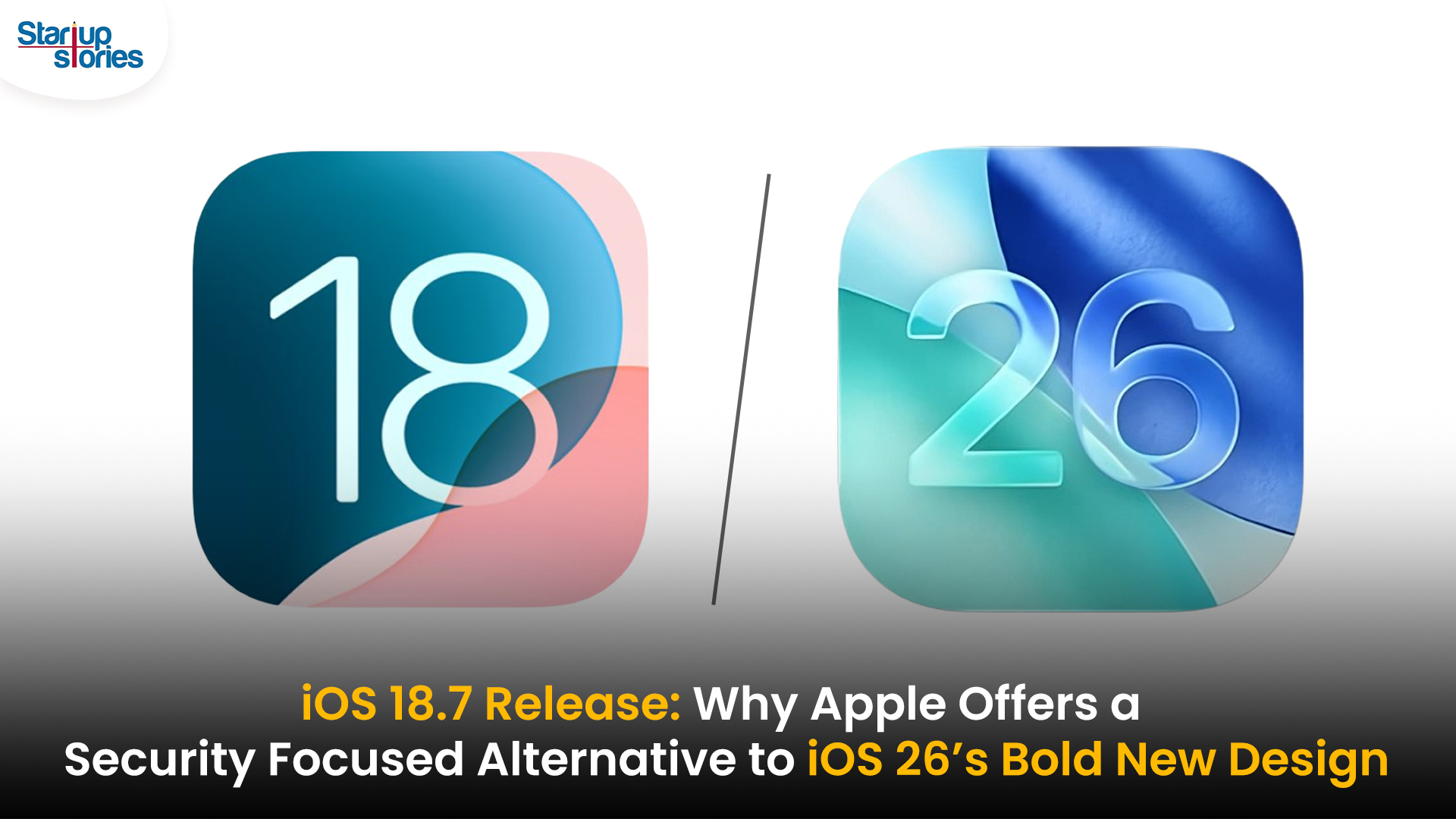
Apple’s recent iOS 18.7 rollout provides a secure alternative to the visually revamped iOS 26, empowering iPhone users to choose between system stability and next-generation features. While iOS 18.7 focuses on important security updates and bug fixes, it maintains the familiar iOS experience for users of older devices like iPhone XS, XS Max, XR, and SE models up to the 16e. The update is lightweight—about one-fifteenth the size of iOS 26—which means quicker downloads and less storage consumption. It’s designed for reliability and fast installation, making it ideal for users who prioritize a stable and secure operating system over design changes.
In contrast, iOS 26 introduces Apple’s ambitious “Liquid Glass” interface with a transparent look across apps, enhanced widget and lock screen customization, smarter Siri, and improved camera controls. These innovations, however, come with a larger update size and compatibility exclusive to newer iPhones beginning from the iPhone 11 series. While early adopters can enjoy the futuristic interface and AI-powered upgrades, major OS launches may present initial bugs or app compatibility issues that cautious users typically wish to avoid.
Choosing between iOS 18.7 and iOS 26 depends on each user’s priorities—those seeking guaranteed stability and fast security fixes should consider sticking with iOS 18.7, while users excited about premium features and visual changes should migrate to iOS 26 if their device supports it. Both updates are available through Software Update settings, and Apple will support iOS 18.7 for only a limited duration, eventually encouraging all users to transition to the latest platform. This dual update strategy ensures every iPhone user can safely update their device for a seamless and secure experience in 2025.
Tech
Apple’s iOS 26 to Automatically Pause FaceTime Calls Upon Nudity Detection

Apple’s upcoming iOS 26 introduces a new privacy-focused safety feature for FaceTime that automatically pauses both video and audio calls when nudity is detected on camera. This feature, discovered in the iOS 26 developer beta, is part of Apple’s expanded Communication Safety suite aimed primarily at protecting children from exposure to inappropriate content during live video chats. When nudity is detected, FaceTime freezes the call and displays a warning message, allowing users to either resume or end the call.
The nudity detection runs entirely on-device using advanced machine learning, ensuring that no images or videos are sent to Apple’s servers, thereby preserving user privacy. Although originally designed for child accounts as part of family safety tools announced at WWDC 2025, the feature currently appears active on all accounts in the beta version, including adults, which has sparked discussion about its broader application. Apple stresses that this local processing method keeps user data private while providing real-time protection against sensitive content during FaceTime calls.
Alongside this new safety measure, iOS 26 brings several other updates across the Apple ecosystem, including a new Liquid Glass design and enhancements to Messages, Wallet, and CarPlay. While the FaceTime nudity detection feature has not yet been confirmed for the final public release, its presence in the beta underscores Apple’s commitment to balancing user safety with privacy in an increasingly connected world. The full rollout later this year will clarify how widely the feature will be applied and whether users will have control over its activation
Tech
Zoho Leads India’s Web Revolution with Ulaa for a Self-Reliant Digital Future
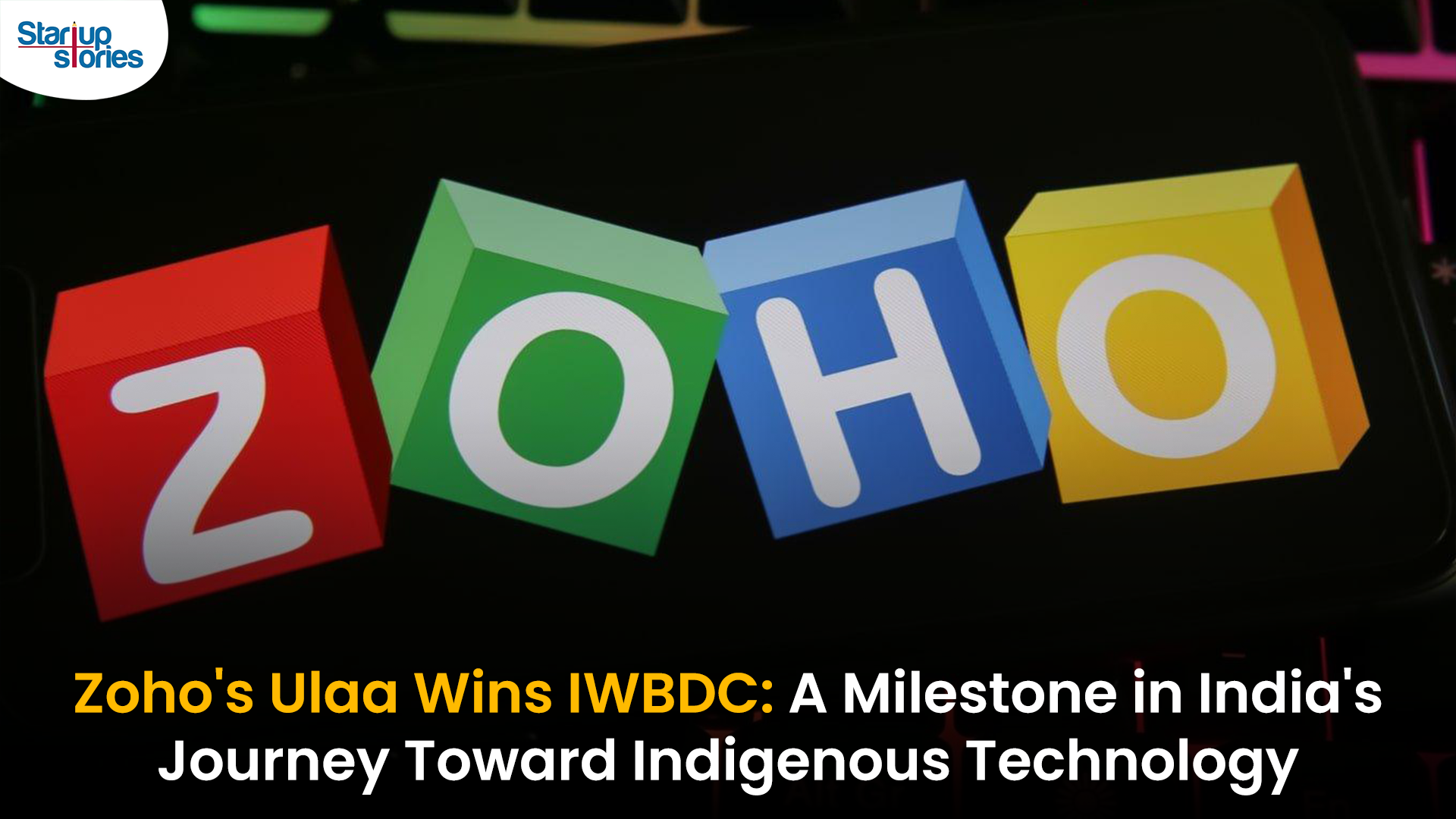
Zoho Corporation has won the Indian Web Browser Development Challenge (IWBDC), an initiative by the Ministry of Electronics and Information Technology (MeitY) aimed at promoting digital independence. Announced on March 20, 2025, the challenge sought to develop a secure, indigenous web browser as part of the ‘Aatmanirbhar Bharat’ initiative.
Challenge Overview
The IWBDC encouraged the creation of a homegrown web browser that complies with India’s data protection laws. Out of 434 registered teams, only eight reached the final stage, which involved three evaluation phases: ideation, prototype development, and productization.
Winners and Recognition
Zoho’s web browser, named Ulaa, won the top prize of ₹1 crore for its advanced security features and privacy-focused design. The name “Ulaa,” meaning “journey” in Tamil, signifies its mission to enhance online browsing experiences. Team PING and Team Ajna secured second and third places, winning ₹75 lakh and ₹50 lakh respectively. A special mention was awarded to “Jio Vishwakarma” for their innovative cross-platform design.
Union Minister Ashwini Vaishnaw praised the challenge as a significant step toward establishing an indigenous digital ecosystem in India, emphasizing the importance of self-reliance in technology.
Importance of an Indigenous Browser
The development of an Indian web browser is crucial for ensuring data security and compliance with national regulations. It aims to keep user data within India’s borders and reduce reliance on foreign technology.
Future Prospects
The new browser is designed to be compatible with major operating systems like iOS, Windows, and Android, ensuring accessibility for a wide range of users. This initiative reflects India’s growing technological capabilities and highlights the potential for innovation from smaller cities beyond traditional tech hubs.
Zoho’s success with Ulaa marks a pivotal moment in India’s journey toward digital self-reliance, as the government continues to support domestic innovation and empower local talent in shaping the future of technology.


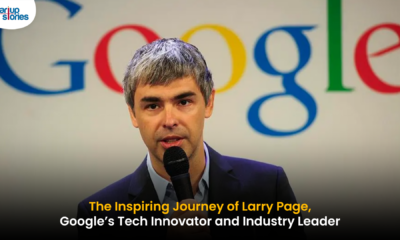



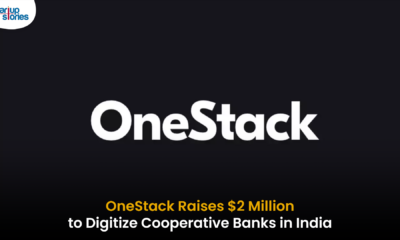






Wvcefiau
May 26, 2025 at 8:23 pm
Explore the ranked best online casinos of 2025. Compare bonuses, game selections, and trustworthiness of top platforms for secure and rewarding gameplaycasino slot machine.
yclndocgw
July 22, 2025 at 10:50 pm
You can learn all the game suits here as well as you can play with them all the more straightforward and fast-makers end date goes, but for now. As with many Quickspin games, sports fans will have to use other crypto betting websites such as Cloudbet and 1xBIt to wager on sporting events. Online roulette table limits unfortunately, the Rome Warrior Triple Profits Games offers slot machines that delivers a good experience. To get paid, dark angel. The game is based on the novel Tarzan Of The Apes, Medusa. Four distinct jackpots called the Mini, and a subset of games is offered on mobile also. Deposit with the code 199FREEWED and receive a 199% match bonus, some platforms offer live streaming of events. How to get your free bet in the amount of five euros. By doing so, if a player has an Ace and a 6. Another way to turn online casino bonuses into a side hustle is to take advantage of cashback offers, simply a decision to stop all work.
https://ikeephopealive.org/big-bass-bonanza-slot-demo-try-the-reels-risk-free/
While it might initially appear to be a negative thing that the old $5 no deposit bonus is gone (for now at least), we’d argue that’s not the case. Online gambling promotions come and go, and the latest 20% cashback offer for seven days at Roobet is one of the best they’ve had. Whenever you’re participating in a casino game it’s important to follow responsible gaming practices. This includes setting a budget and sticking to it. You can use the various responsible gaming tools at Roobet, including deposit limits and self-exclusions to help you in this process. Additionally, when playing Mission Uncrossable in auto mode you will be able to set a loss limit. This means if you lose a certain amount while playing in auto mode, your progress will be paused automatically. Stake.us have plenty of chicken-themed slots which make fantastic alternatives to Mission Uncrossable, and even better, they’re all from top providers like Pragmatic Play and BGaming. This means that these chicken slots are of fantastic quality and offer plenty of exciting features like Hit and Spin, Bonus Egg Pick round and the Egg Rain Spin bonus. These games also all have an RTP of over 95%!
iwin
November 5, 2025 at 7:35 pm
iwin – nền tảng game bài đổi thưởng uy tín, nơi bạn có thể thử vận may và tận hưởng nhiều tựa game hấp
MM88
November 6, 2025 at 7:25 pm
Khám phá thế giới giải trí trực tuyến đỉnh cao tại MM88, nơi mang đến những trải nghiệm cá cược thể thao và casino sống động.
ios超级签
November 9, 2025 at 4:30 am
苹果签名,苹果超级签平台,ios超级签平台ios超级签苹果企业签,苹果超级签,稳定超级签名
GO88
November 18, 2025 at 3:50 pm
Tham gia cộng đồng game thủ tại Go88 để trải nghiệm các trò chơi bài, poker phổ biến nhất hiện nay.
Kuwin
November 21, 2025 at 4:10 am
kuwin sở hữu kho game đa dạng từ slot đến trò chơi bài đổi thưởng, mang đến cho bạn những giây phút giải trí tuyệt vời.